Review: HTC One S for T-Mobile
Apr 19, 2012, 2:23 PM by Eric M. Zeman
updated Apr 19, 2012, 2:24 PM
HTC's One S for T-Mobile is an easy phone to recommend for anyone who loves Android, speed, and solid performance from their smartphone. Does it have any faults? We managed to find a couple.
Form
Is It Your Type?
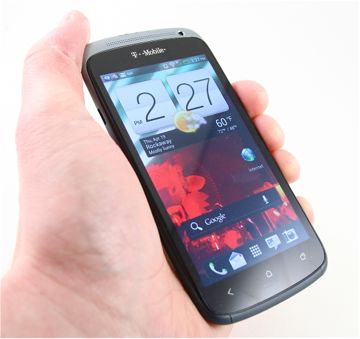
The One S for T-Mobile USA is part of a trio of high-profile “One” devices being launched by HTC this year. The One S doesn't bear the bleeding-edge specs that the One X does, but it's still one of the best buys from T-Mobile. If you're looking for a sexy handset that's as fast as it is thin, the One S should be on your short list. Here's why.
Body
HTC's entire line of One devices share significant portions of genetic code. The One S doesn't have the polycarbonate shell that the One X does, but the overall shape and appearance are similar. The One S features a unibody chassis that was milled from a single piece of lightweight, strong aluminum. The surfaces have been treated in such a way that they have a pleasant texture to it, but don't call it paint; it isn't. The blue color chosen by T-Mobile for the One S is muted and conservative, but still sharp-looking. The front of the device looks mostly dark grey, but the back has three different shades of a grayish blue that I like.
The S's footprint is fantastic. It measures 7.9mm thick, which makes it one of the slimmest phones available. HTC's decision to use a 4.3-inch display means the length and width are also manageable. It is a pleasing device to hold and use, and is so light that you hardly realize you're carrying it around. Light though it may be, the materials are all of excellent quality, and there's nothing cheap or chintzy about the S. HTC took care in the design, and it shows.
The smooth black surface that makes up the S's display and front face feels great under the thumb. There are three capacitive buttons at the bottom of the display, which work with the Android 4.0 back, home, and multitasking controls. These buttons were responsive and provide subtle haptic feedback when pressed. The earpiece speaker and user-facing camera are crammed into a thin sliver of aluminum material above the display.
The notification light is hiding in one of the speaker holes. It's buried too deep in the hole. When viewed head-on, you can see the red, orange, or green lights that let you know the device is charged, charging, almost dead, or if there are new alerts. Put the S on a desk or table, though, and the notification light disappears. You can't see it because of the angle. Bummer, that.
The microUSB port is on the left edge of the S and is not protected by a hatch or flap. I prefer this design. The volume toggle is a thin strip of plastic placed along the right edge. To my utter astonishment, it has excellent travel and feedback. The 3.5mm headset jack is up top, as is the lock button. I found the placement of the button to be good, but the it was sticky and didn't function quite as well as I'd like it to.
Like the One X, the One S does not have a removable battery. This stinks. The phone does include a removable hatch so owners can get at the SIM card.
In all, I like the One S hardware a lot.
The Three S's
Screen
The One S has a 4.3-inch Super AMOLED with qHD resolution (960 x 540.) It's not quite as impressive as the One X's HD display, but it is still a very, very good screen. You can see individual pixels along the edges of text, images, and so on, but you have to get your eyes close and this could be in part due to the PenTile screen technology. It is plenty bright, and I had no trouble using the One S both indoors and out.
Signal
The S performed well on T-Mobile's network. I tested it in New York City and in New Jersey, and it always remained connected to the network. The S supports T-Mobile's HSPA+ network at 42Mbps. The network indicator will show "4G" any time the device has access to speeds of 14.4Mbps and up. I never saw the S drop down to 3G during my time testing the device. Network speeds varied according to coverage, but browsing the web and downloading apps were consistently quick.
Sound
The S is an iffy voice phone. Some calls were nice and clean, but others were littered with hissing, pops, and other background noise. It's possible, since I did make some calls that were crystal clear, that those with noise and interference were caused by the network and not the device. The earpiece offers a good volume level when set all the way up, and can be heard in most environments when set at about 75%. Pushing it to the max distorts the sound a bit. Calls that I sent to the speakerphone had the same snap, crackle, and pop that the earpiece had, and the volume was only so-so. You can use it at home or in a quiet office, but it'll be hard to hear in a noisy place. The vibrate alert was just fine, and the ringers were loud enough to be heard most of the time.
Battery
The S didn't have any trouble living through a 24-hour period on less than a full charge. That includes time spent syncing to Google's services for the first time, which can drain a significant portion of the battery. Under normal use (email, SMS, browsing, downloading apps, and taking pictures), the S should make it through a typical waking day with no problems.
Basics
Menus
The One S runs Android 4.0 “Ice Cream Sandwich” with HTC Sense 4. The system software and user interface are identical to that of the One X. Anyone who's ever picked up an HTC Sense device will feel at home.
The lock screen on the S offers a handful of customizable shortcuts. You can set up to four apps/actions on the lock screen that will launch when you drag them down to the little ring at the bottom of the screen. The defaults are phone, mail, messages, and camera, but you can adjust these at will. Rich's favorite lock screen feature of Sense 4.0 is that you can have a camera shortcut and a passcode at the same time. I found this to be good for security when used with a pattern unlock.
The central home screen panels all have a permanent dock at the bottom of the screen that holds five app shortcuts — the same four as the lock screen, plus the main app menu. These can be customized if you wish.
There are three buttons below the display: Back, Home, Multitask. The first two are self-explanatory. Pressing the multitask button reveals a graphical listing of all the recently used applications. The hardware menu button has been removed entirely in Android 4.0, which is annoying, but that's Google's fault.
HTC has jazzed up the appearance of Android 4.0, but there are so many options in Settings, it takes a little while to learn where everything is.
The drop-down notification shade collects notification as before, but with Android 4.0 you can now dismiss individual notifications by swiping them sideways.
Applications are laid out via grids on the S. Swipe the pages to the left and you'll eventually jump from a list of all the apps to a list of all the widgets that are available. The widget menu lets you see what the widget looks like and tells you how big it is.
Last, on the performance front, the dual-core 1.5GHz Qualcomm Snapdragon S4 is an impressive beast. Everything about the S is blazing fast. Screens transition in a blink, apps open in an instant, and the camera was lightning-bolt quick. I threw a number of games at it, and the S didn't blink. It tackled all tasks with gusto.
Calls/Contacts
The phone app defaults to the dialer when opened, with a list of recent calls and favorite contacts above the dialer. Touch any of the contacts above the dialer, and the dialer goes away and you can see an expanded view of your contact list.
Perhaps the best part of HTC's customizations to the phone software are the gesture-based actions. For example, if the phone rings, turn it over to silence the ringer. Or, if you pick it up, the ringer won't silence completely, but will drop significantly in volume. You can also set the One S to recognize when it is in your pocket so that it will automatically vibrate as well as ring.
As for widgets, they are plentiful. You can set direct dial shortcuts to the home screen, and there are three different styles of widgets for your favorite set of contacts. I particularly liked the contact widgets, and found them to be useful for organizing my contact groups.
Messaging
The S offers both individual and system-level messaging tools. The individual apps include the basic toolset from Android, such as Gmail, email, SMS, Google Talk, and Google Voice. These are all fine applications that continue to be useful for composing all sorts of messages. There aren't any other IM apps, so Google Talk is your only option out of the box.
In terms of social networking, the S offers integration with Twitter and Facebook within the OS. Sign into your social networking account and you can do things such as share photos, or messages from within other applications more easily. Twitter and Facebook are also both preloaded on the S as individual apps.
Other messaging and social networking tools include Google+ and Google+ Messenger, Latitude, and FriendStream. Each has its own widget or home screen shortcut.
Extras
Media
With respect to music, the One S has an FM radio, the Google Music app, and Slacker Radio. The Google Play Store is on board if you want to purchase tracks directly from the handset, or download Amazon MP3, Pandora, or other streaming music apps.
On the video front, the S includes the stock YouTube app, HTC Watch, and a simple video player. HTC Watch is HTC's movie rental store. You can also download video content from the Google Play Store. The S also has T-Mobile's streaming TV product. There's some free content available, but you have to offer up a monthly tribute to T-Mobile's coffers if you want to access the best stuff (i.e., sports programming).
Thanks to the Beats Audio integration, music and video sound great through the S. I used several different sets of earbuds/headphones and was impressed with the quality. What I really like is that the Beats software has been buried deeper into the OS, and works with ALL media apps on the device.
The device also has a bunch of games preloaded, such as the popular Disney title "Where's My Water" and GameBase.
Camera
Camera
The S's camera is incredibly fast, easy to use, and offers plenty of advanced features.
Since there is no dedicated camera button, you have to open the camera from a home screen shortcut or the main app menu. It opens very quickly. The controls are laid out simply. On the top-left corner you'll see the flash controls. Rather than obstruct the screen with a drop-down menu, it simple cycles between on, auto, and off every time you press it.
The full settings menu lets users adjust video quality, the review screen, the ISO, white balance, etc. There are some really cool advanced features, such as continuous shooting and video stabilization. Press the giant "A" in the lower left corner to access the different types of capture and scene modes, such as HDR, panorama, portrait, macro, etc.
The S has a dual-shutter button. The top half shoots still images, and the lower half captures video. The result is you never have to switch between camera or video modes, you just choose the shutter button that takes pictures, or the one that shoots video. The really neat feature is that you can take still images while recording video (without interrupting the video.)
Gallery
The main view of the gallery shows stacks of photos, images, and videos floating on the screen. They are broken down into groupings such as Camera Shots, All Photos, All Videos, and Screenshots. At the top of the screen, you'll see a drop-down menu that says "Albums." Press it, and you'll automatically see a list of all the photo albums associated with the phone and your online accounts, such as Facebook, Flickr, DropBox, or Picasa.
Once you drill down into the album of your choice, there are four buttons along the bottom for performing select actions (share, delete, edit, more). You need to tap on an individual photo to load it. You can of course share photos through any social network/messaging service you want. You can set the images as your wallpaper, print it, see the photo's location on a map, etc.
Editing features are very limited. You can crop, rotate, or apply effects. That's it. The effects run the typical selection, such as black & white, antique, etc. There is no third-party photo-editing software, but there is a video editor. It lets you piece together videos you've captured with the phone into simple projects.
Photos/Video
Photos
The One S and One X have identical camera chips and software. For whatever reason, I was more impressed with the results from the One S. I thought it did a fine job of focusing and exposing images correctly, and vital elements such as white balance were also spot on. Colors looked a little muted from time to time, but the bulk of shots I captured were bright and cheery. The huge array of tools available mean that your results are only limited by your own creativity. Get out there with the One S, take pictures, and share them. They're worth it.
Video
For lovers of HD video, you'll be happy to learn that the One S shoots at a max resolution of 1080p. I thought the video looked good, though it was overly sharp at times, and prone to a jittery look if you don't hold the device still enough. Bottom line, though, is that you'll be happy to upload to YouTube.
Browser/Customize
Browser
The stock Android 4.0 browser is decent, though I find that HTC's modifications gum up the user interface a bit. The controls are not intuitive, and some secondary tasks can only be found through non-obvious swiping gestures. As far as rendering web pages goes over T-Mobile's HSPA+ network, it does just fine. I was really quite impressed with how fast the browser operates and how good web sites look on the display. Do yourself a favor, though, and download the beta version of Chrome for Android. It is a fantastic browser that's available to Android 4.0 devices, and worth skipping the stock browser for. It's faster, cleaner, and more intuitive to use.
Customize
HTC's Sense 4.0 lets you fine-tune nearly every facet of the One S's behavior and appearance. In fact, it probably offers too much flexibility.
The modifications that matter most to most people, such as scenes, skins, wallpapers, and ringtones are a web of interlaced and related settings that take some time to learn to use properly. The most useful tool of the entire UI are those that let you customize the lock screen shortcuts.
Extras
Apps
T-Mobile loaded the S with a bunch of crappy bloatware, such as the T-Mobile Mall, 411, More for Me, etc. Only a handful of the apps can be completely uninstalled, but most of them can be "deactivated." Deactivated apps are removed from the home screen and menu pages and will no longer run, but they remain installed on the device. That's a bummer. Some of the stand-outs include Polaris Office, DropBox (with 25GB of free storage), HTC Hub for HTC-developed apps, and an advanced task manager.
Bluetooth
The S's Bluetooth radio works perfectly. It paired with every device I could find. Phone calls, in particular, sounded like crud when sent through my car's speaker. I blame this on the device's poor phone capabilities, not the Bluetooth. Music sounded very good when sent to stereo Bluetooth headphones, though. I had no issues pushing files to/from the S.
Clock
There are 18 clock widgets on the S. Any of them can be chosen as the home screen clock, but not the lock screen. The clock on the lock screen is a smallish, digital read-out that is positioned at the top of the screen. It is readable at an arm's length, but can be hard to see in bright sunlight if you've chosen the wrong wallpaper.
GPS
The GPS worked flawlessly. The S's GPS radio was able to lock on my position in less than 15 seconds, and was accurate to within about 15 feet. Thanks to the speedy network access, fast application processor, and accurate GPS radio, real-time directions with Google Maps were spot on and as close to "real-time" as I've ever seen from a cell phone.
Video
Wrap-Up
The HTC One S for T-Mobile is by no means a perfect device. The biggest problem, in my mind, is the inconsistent voice quality I experienced. Almost every other facet of the device is excellent.
The hardware is simply great, the display good, the battery life good, and the network performance excellent. The user interface could use some further refinement, but it is amazingly flexible and far better than anything running older versions of Android.
The media capabilities of the One S are amazing, with plenty of power and options when it comes to consuming music, video, and games. Throw in the solid camera and video capturing tools, and the One S is as well-rounded a device as one could ask for.
There's no doubt in my mind that the One S is the best smartphone available from T-Mobile at the moment. If you're in the market for a T-Mobile Android smartphone, this is the one to get.

Comments
One S or Galaxy S3
I'm finding myself carrying my phone everywhere I go, and I want a phone that I can take clean shots without resorting to my larger Nikon P300 or much larger Nikon D80. So we will see what the next few months have in stock.
My ideal phone would be a One S with a keyboard, to perhaps be branded as a T-Mobile G3. But one could only hope.....
(continues)















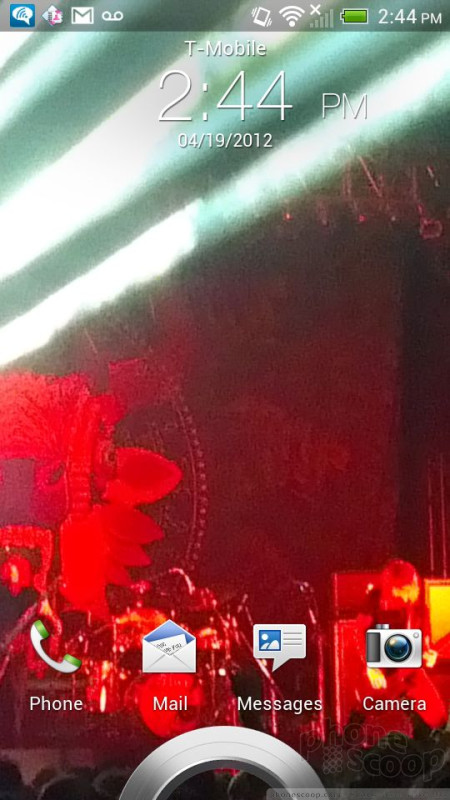





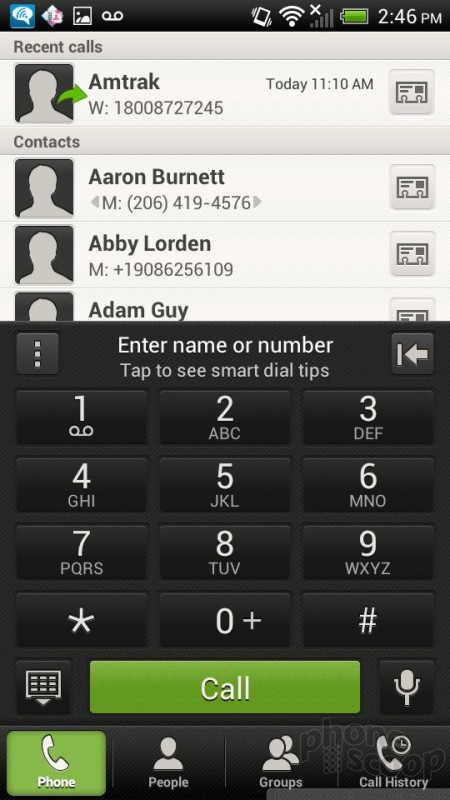







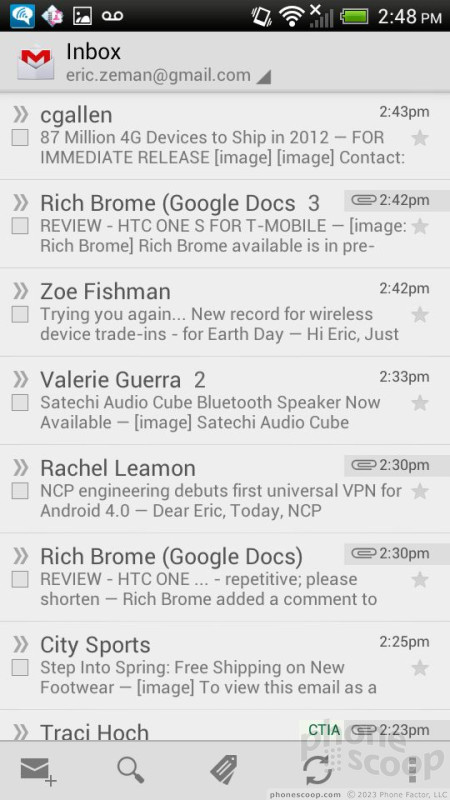






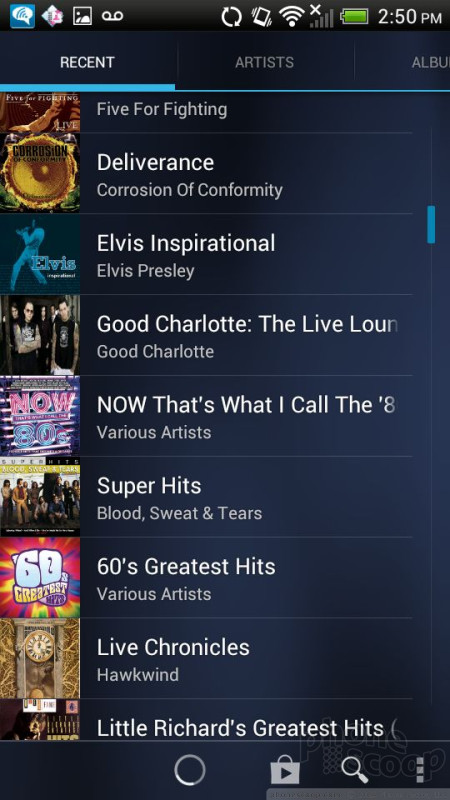






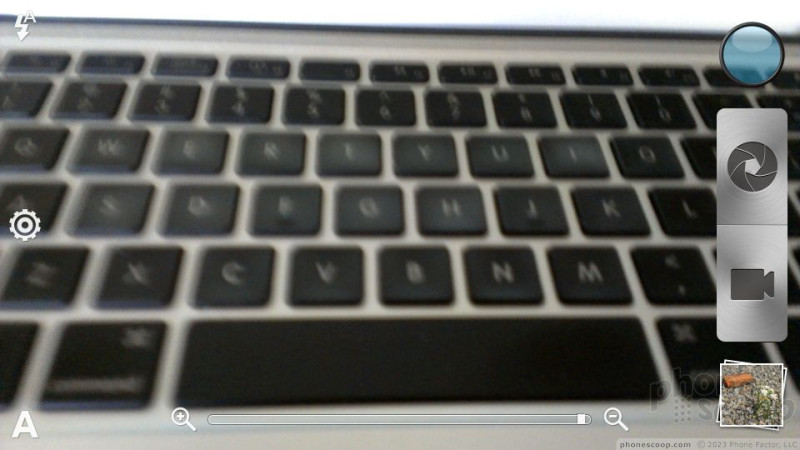









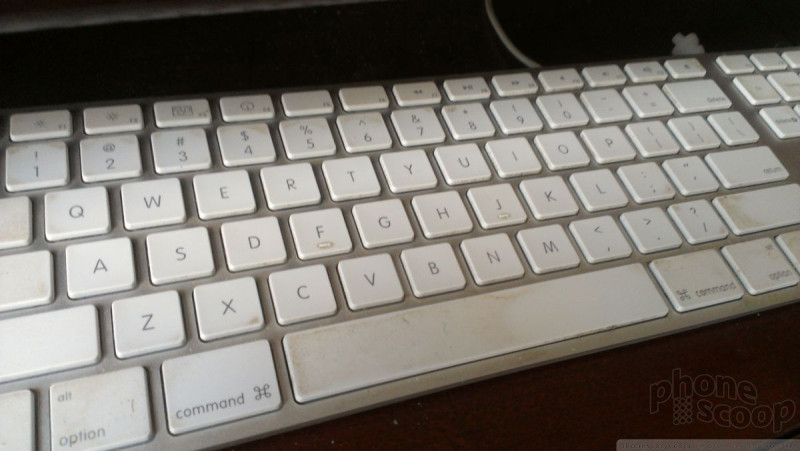












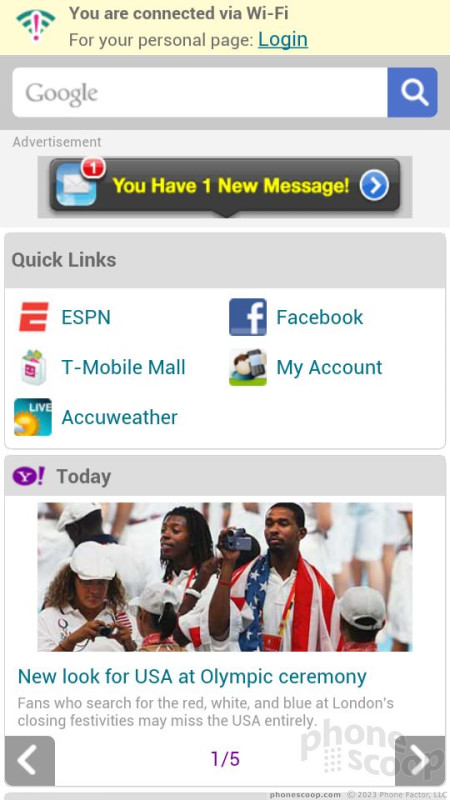



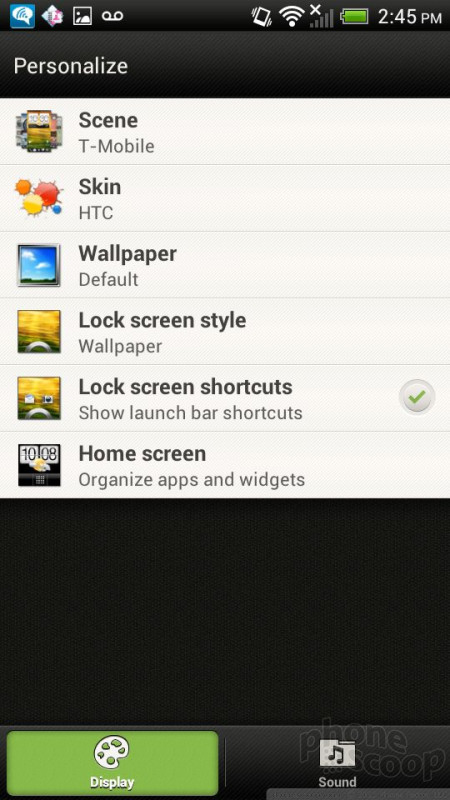




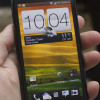 Hands On: HTC One S
Hands On: HTC One S
 Liveblog: HTC
Liveblog: HTC
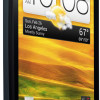 HTC One S Hits T-Mobile Stores April 25 for $199
HTC One S Hits T-Mobile Stores April 25 for $199
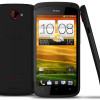 T-Mobile USA First to Offer HTC One S
T-Mobile USA First to Offer HTC One S
 HTC One S
HTC One S




